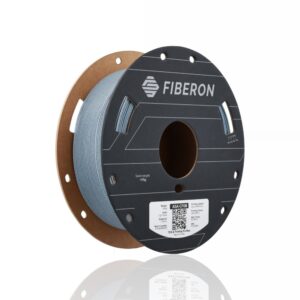
Em stock Prazo de entrega estimado para Portugal continental de 1 a 3 dias úteis.
Expedição na segunda-feira (dias úteis)
Receção estimada já a partir de terça-feira!
Outros makers também compraram..
Produtos testados em conjunto para te garantir compatibilidade total e impressões perfeitas.

ProtoPasta é uma empresa situada nos Estados Unidos da América, de produção de filamentos para impressão 3D de alta qualidade.
Caracterizada pelos rolos feitos em cartão, esta marca é mundialmente famosa por ser especializada em materiais como PLA e ABS modificados com outros materiais, como o PLA Magnético; o PLA Condutivo; PLA de fibra de carbono; HTPLA de cobre, latão ou bronze; ou o ABS-PC.
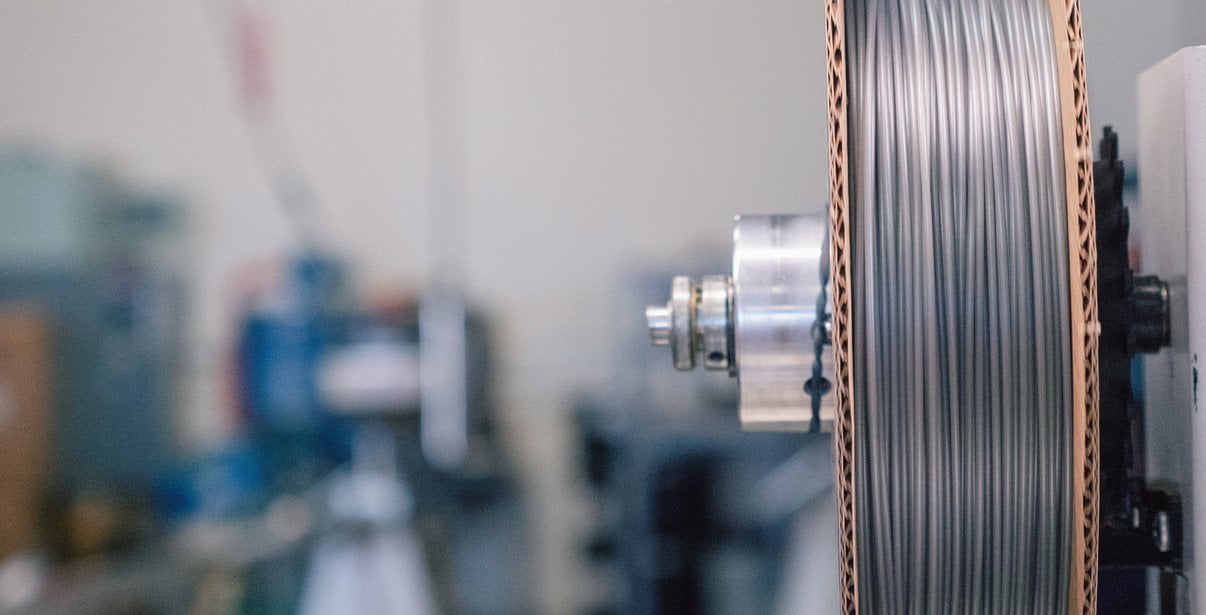
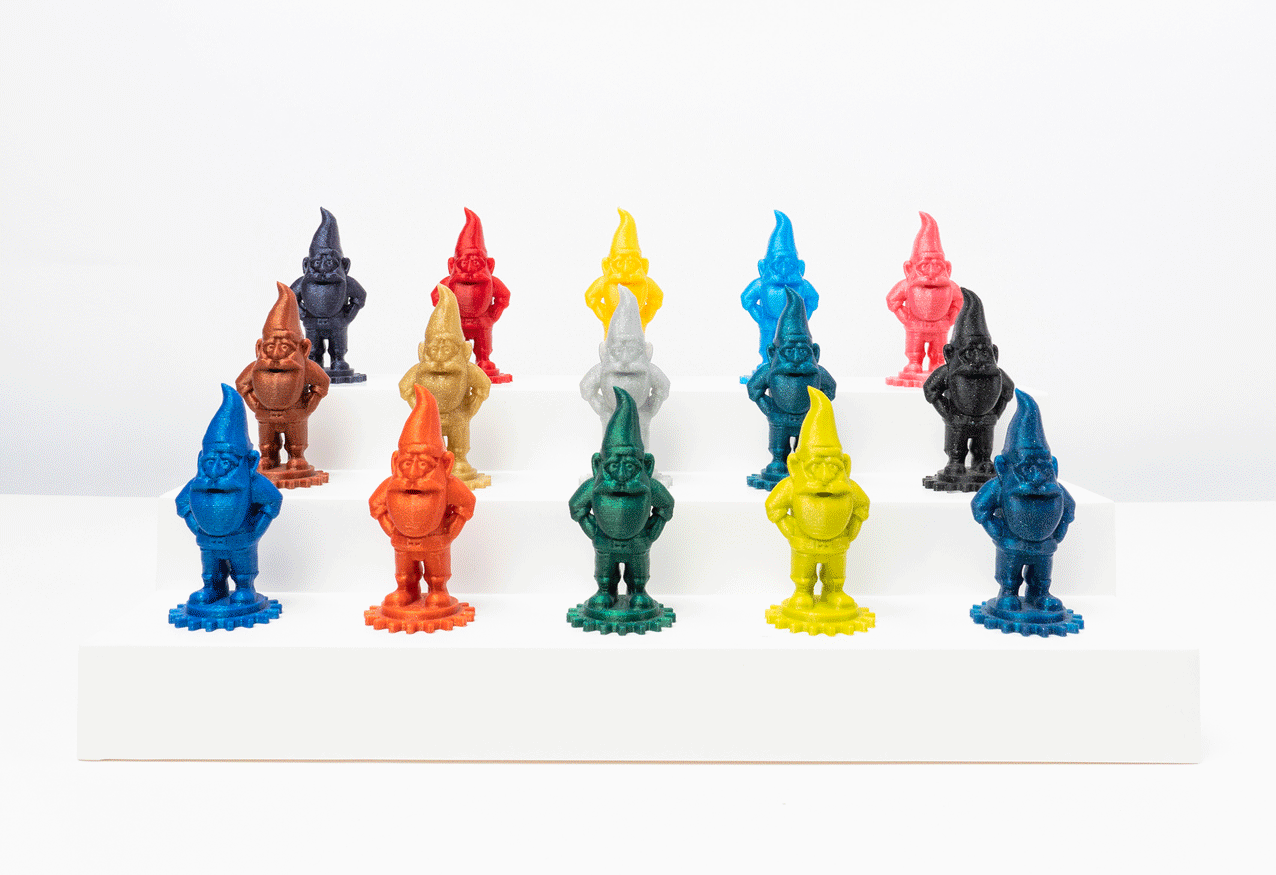
Now with improved layer adhesion, increased resilience to break, higher melt flow, and, in general, greater consistency for more trouble-free, higher performance printing experience!
Have you ever wanted to create something with your 3D printer that includes electronics?
Maybe an LED, touch sensor, or some other genius invention to solve the world’s problems?
Then Protopasta Conductive PLA is the perfect material for you!
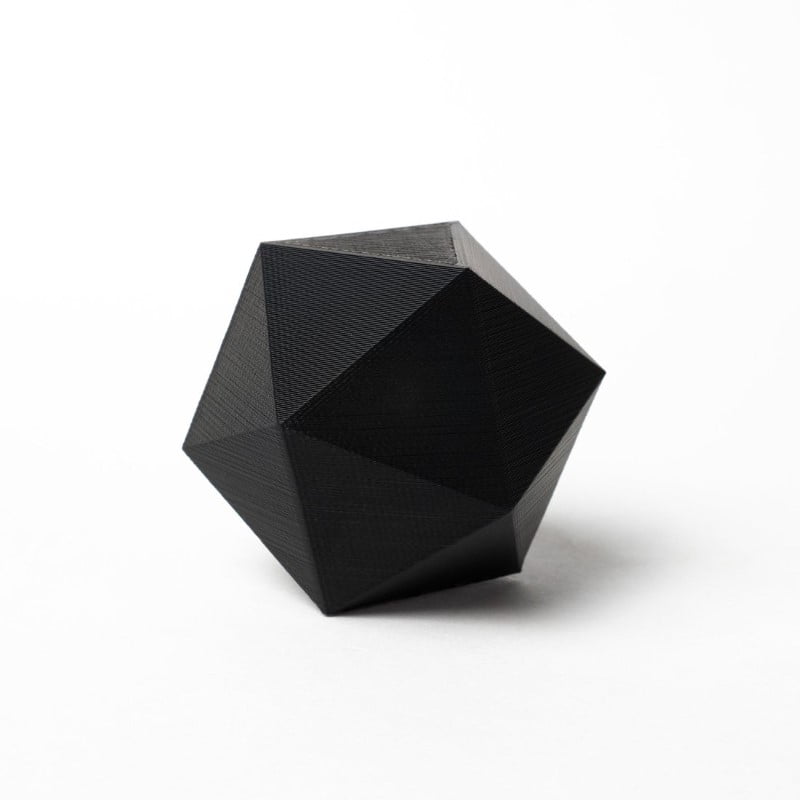
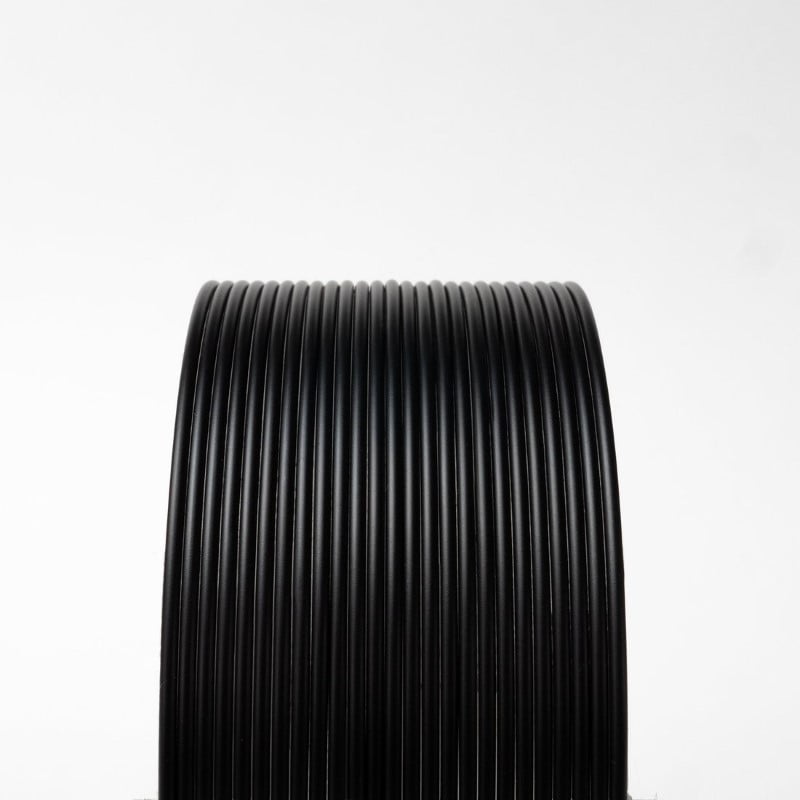
Electrify prints for Simple Circuits & Touch-Sensitive Devices!
- Available in 1.75 & 2.85 (3) mm diameters.
- 125g are loose coils, 500g is on a 8″ diameter spool, 2kg is on a 12″ diameter spool.
- Prints with standard PLA settings (or hotter) – no heated bed or special nozzle required
- Usable on most PLA-compatible printers, such as Makerbot, FlashForge, Dremel, Ultimaker, Printrbot, and more!
- Great for simple circuitry and interactive projects
- Also experiment with ESD or 3D printed bearings!
How Conductive Is It?
- Volume resistivity of molded resin (not 3D Printed): 15 ohm-cm
- Volume resistivity of 3D printed parts along layers (x/y): 30 ohm-cm
- Volume resistivity of 3D printed parts against layers (z): 115 ohm-cm
- Resistance of a 10cm length of 1.75mm filament: 2-3kohm
- Resistance of a 10cm length of 2.85mm filament: 800-1200ohm
Here is a link to some projects:
http://www.thingiverse.com/AL3xD/collections/conductive
And the original kickstarter:
http://www.kickstarter.com/projects/1375236253/electrically-conductive-pla-3d-printer-filament
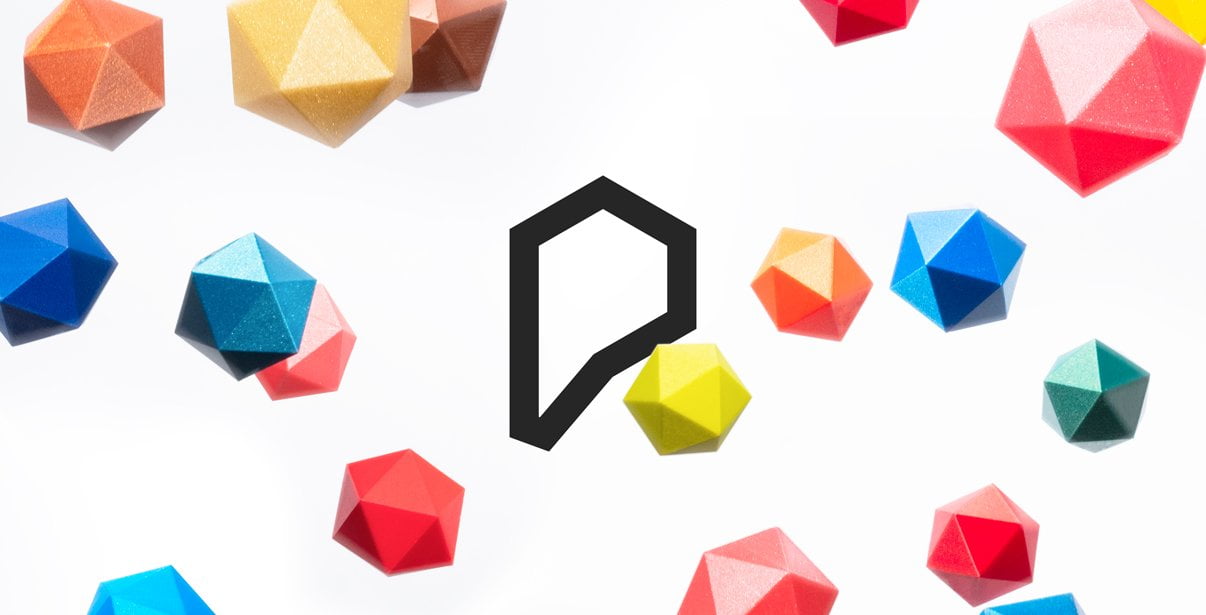
Getting Started with Proto-pasta PLAs including HTPLA
We’ve created this page to bring you a premium PLA and HTPLA printing experience that rivals our premium material. Follow below to improve your 3D printing experience. In other words, here’s your shortcut to awesomeness with pasta. If at the end of this document you have questions or need assistance, please contact us at [email protected].
Filament Handling
Loose coils can be very tricky to manage. Going cowboy on your spool handling can quickly end up in a frustrating, tangled mess. Keep your loose coils wrangled with a spool holder like masterspool for a more trouble-free experience. Find out more about loose coil handling in Keith’s blog post.
And for spooled filament, never let go of the loose end. When not in the printer extruder, tuck it away in the cardboard spool’s corrugation! Also, avoid sharp bends and excessive force when loading filament into your printer.
Print settings
At Proto-pasta, we make high quality filament. We aspire to make exceptional results easy, but a positive result is very much dependent on your hardware, set-up, adjustments, and process parameters. Matching hardware with process and material for a positive experience is not always straight-forward, but you can start by pairing the following settings with your printer for a good starting point, then tune or troubleshoot as required.
Example settings for typical printer
- Nozzle size = 0.4 mm (Standard to most printers & balances detail with productivity.)
- Extrusion width = 0.45 mm (Typically larger than nozzle size. If using a larger nozzle diameter, be sure to set the extrusion width larger than that nozzle diameter.)
- Layer thickness = 0.15 mm (For a balance of speed, quality & reliability.)
- Speed(s) = 15-45 mm/s (Respecting mechanical and volume flow limits. Stay within the recommended speed range but apply slower speeds to the walls and faster speeds to the infill.)
- Volume flow rate(s) = 1-3 cu mm/s (The result of above speed range, width, and layer thickness. Respect hardware and geometry limitations.)
- Typical temperature = 215 C +/- 10 C (Matching material, hardware, and volume flow rate.)
Volume flow rate together with temperature dictates how melted the material is. This is hardware & condition dependent based on hot end, nozzle & extruder type, material & manufacturer as well as layer fan type, position & settings. Extrusion width, layer thickness & speed changes affect volume flow which may change required/desired temperature.
Additional settings of note
- “Grid” infill type at 20-30% – “connect infill lines” unchecked (off).
- Minimum 3 shells & 4 top/bottom layers for good surface quality.
- Layer fan set to cool enough for build rate, but not so aggressive as to fail process by over-cooling nozzle and heater block.
Validation and fine-tuning
- Single wall box to tune temperature and extrusion-related settings.
- Protognome to validate results.
Post your prints & tag us @Proto_pasta on Twitter and Instagram. Need more help? Consider typical pitfalls and fixes below.
Typical pitfalls
- Exceeding hardware capabilities.
- Mismatch of flow rate and temperature.
- Excessive nozzle cooling from layer fan yielding lower heater block and/or nozzle temperatures than set point.
- Hardware shortcomings such as MK3 heat break, poor nozzle diameter, or other hangups.
- Poor assembly or adjustment of components.
- Excessive retraction distance or number of retractions.
- Inaccurate flow with missing cross-sections or wall thickness not matching extrusion width software setting.
Typical Fixes
- Heat break replacement with OEM, straight-through design and defect-free, smooth bore.
- Proper assembly of components without plastic oozing gaps & with thermal grease.
- Lightly oiling filament, but careful, a little goes a long way.
- Reducing layer fan speed and/or isolating from heater block and nozzle.
- Installing heater block sock to isolate heater block & nozzle from layer fan.
- Increasing temperature to flow past internal hang-ups.
- Reduce speed and/or choose a single speed for a single volume flow
- Consider drive gear tension adjustment, bowden tube coupling/replacement, and spool mounting
We visited Joel and ended up with a helpful video on the subject:
Conductive PLA
Have you ever wanted to create something with your 3D printer that includes electronics? Maybe an LED, touch sensor, or some other genius invention to solve the world’s problems? Then Protopasta Conductive PLA is the perfect material for you.
How Conductive Is It?
The measure normally used to characterize a conductor is “volume resistivity” with the units of Ohm-cm. This can be confusing because it is not obvious what it means like “miles per hour.” It is simply the resistance through a 1cm X 1cm X 1cm cube of material, with full sheet contact at 2 opposing surfaces. It is often misprinted as ohm/cm which is not a common unit of measure.
We measured the conductivity using a fixture we machined that clamps a sample between 2 sheet conductors and 1cm cubes printed on a Printrbot Simple Metal and machined from solid resin. Here are the results:
- Volume resistivity of molded resin (not 3D Printed): 15 ohm-cm
- Volume resistivity of 3D printed parts perpendicular to layers: 30 ohm-cm
- Volume resistivity of 3D printed parts through layers (along Z axis): 115 ohm-cm
- Resistance of a 10cm length of 1.75mm filament: 2-3kohm
- Resistance of a 10cm length of 2.85mm filament: 800-1200ohm
Link to original kickstarter for more information:
http://www.kickstarter.com/projects/1375236253/electrically-conductive-pla-3d-printer-filament
Suggested Applications
Protopasta Conductive PLA is a great choice for low-voltage circuitry applications, touch sensor projects, and using prints to interact with touch screens (which require low conductivity, that’s why you can’t use your smart phone screen with gloves on). As a general rule, anything you can run through a 1K resistor should be doable with our material (if you design the conductors to be the right size). This will easily run a low current Arduino, if you are not powering much with it. Also, experiment with ESD or 3D printed bearings!
Here is a link to some projects:
http://www.thingiverse.com/AL3xD/collections/conductive
What is it made out of?
Protopasta Conductive PLA is a compound of Natureworks 4043D PLA, a dispersant and conductive carbon black. In filament form, it is quite flexible, and is compatable with any PLA printing printer.
Strength and Performance
We have not done substantial mechanical testing on this product but have some subjective parameters that should be useful in comparing this material with others:
- Strength: Fair strength. More flexible than PLA, but less layer adhesion
- Stiffness: Low, semi-flexible
- Heat Resistance: Similar to PLA, use below 50C
- Layer Adhesion: Fair layer adhesion. Not as good as normal PLA
- Flexibility: Filament is quite flexible but will break if bent repeatedly (particularly 2.85mm). Printed parts are rigid if more than a mm or two thick. Thin sections are somewhat flexible but fail along layer lines if flexed more than a few times.
- Failure Mode: If flexed to breakage, failure will be along layer lines.
- Warping: Very low warping
- Dual-Head compatibility: Compatible with (sticks to) PLA in dual material prints
Print Settings
Protopasta Conductive PLA is quite easy to print and is compatible with most printers that can print PLA.
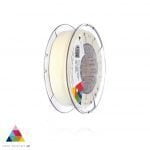
Para uma correcta manutenção da sua impressora 3D, recomendamos sempre que trocar de material de filamento 3D, a efectuar uma purga com filamento especial de limpeza.
Desta forma garante que não ficam vestígios de material nas paredes do nozzle, evitando o acumular de crosta que é criado sempre que efectua trocas de material.
Com este produto evita problema como “clogs” e “jams” e fará com que o seu nozzle mantenha-se sempre limpo, durando muito mais tempo.
Poderá encontrar a partir de 1.49€ no seguinte LINK
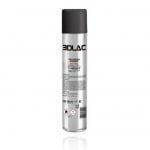
Para obter maior aderência à superfície da sua impressora 3D recomendamos a aplicar 3DLAC na base da plataforma.
Poderá encontrar no seguinte LINK
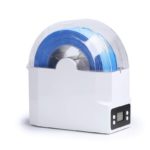
Este material é altamente higroscópico, absorvendo rapidamente a humidade do ar passados poucos minutos após aberto, impossibilitando desta forma a correcta impressão 3D do mesmo. O resultado das impressões 3D de materiais com humidade tendem a ser frágeis e de acabamento irregular ou em certos casos, torna-se simplesmente impossíveis de imprimir.
Deverá de usar soluções de caixas fechadas com dessecante como sílica ou caixas próprias secadoras de filamento.
Poderá encontrar no seguinte LINK
Download:
Technical and Safety Data Sheet
500g– Rolo
PLA Black ( Electrically Conductive Composite ) – Cor
1.75mm (+-0.05mm) – Espessura / Tolerância de diâmetro
Moderado – Facilidade de Impressão
| REF: | 26334 |
|---|---|
| Categorias: | Impressão 3D, Filamentos 3D, Filamento PLA, Filamento Especiais |
| Etiquetas: | ´carbono, 3d, 4043D, best, Black, carbon, Composite, conductive, Conductive 3D Printer Filament, condutiv, condutivo, condutor, Electrically, Electrically Conductive Composite, Electrically Conductive Composite PLA, electricidade, eletricidade, filamento, impressao 3d, ingeo, materials, melhor, natureworks, negro, pasta, pla, Premium, Preto, proto, proto-pasta, protopasta, qualidade, rolo |
| Marca: | ProtoPasta |
Outras opções que podem interessar-te
Impressoras 3D e produtos similares com características diferentes. Compara e escolhe o que melhor se adapta aos teus projetos.
 Envio 24H
Envio 24H
 Envio 24H
Envio 24H
 Envio 24H
Envio 24H
 Envio 24H
Envio 24H
 Envio 24H
Envio 24H
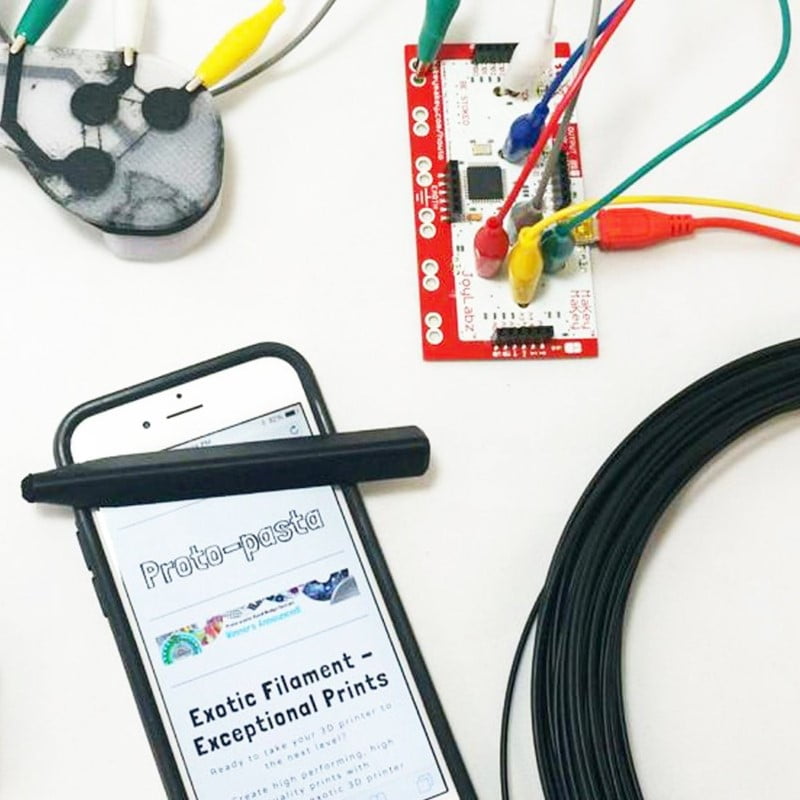
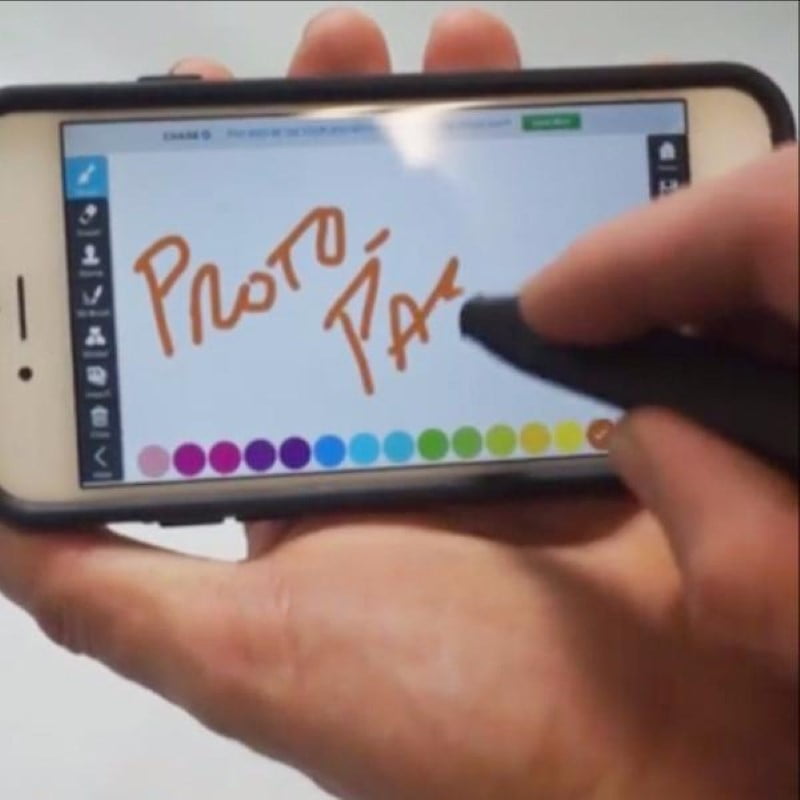
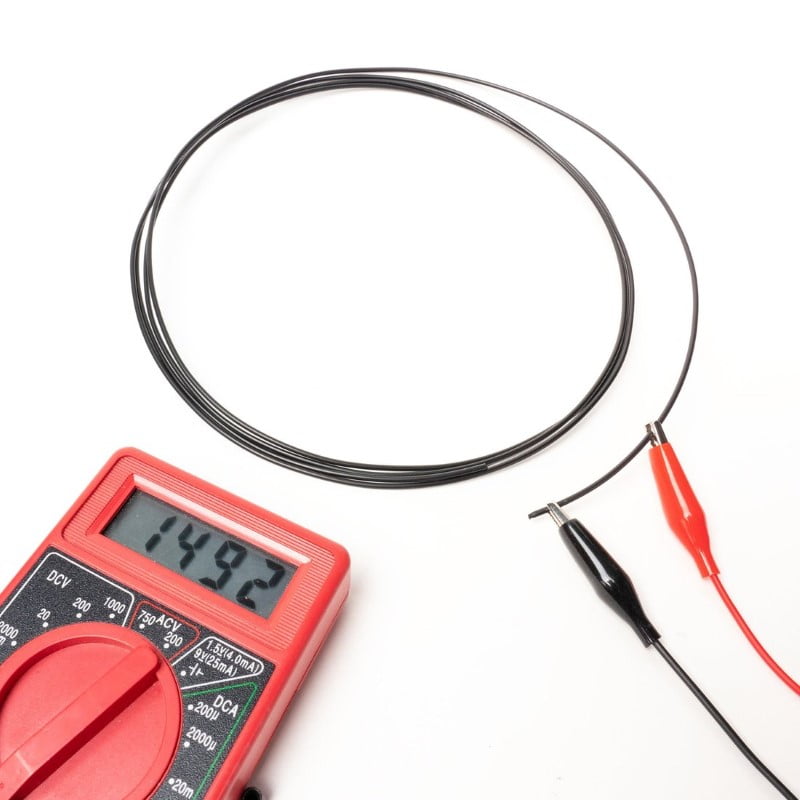
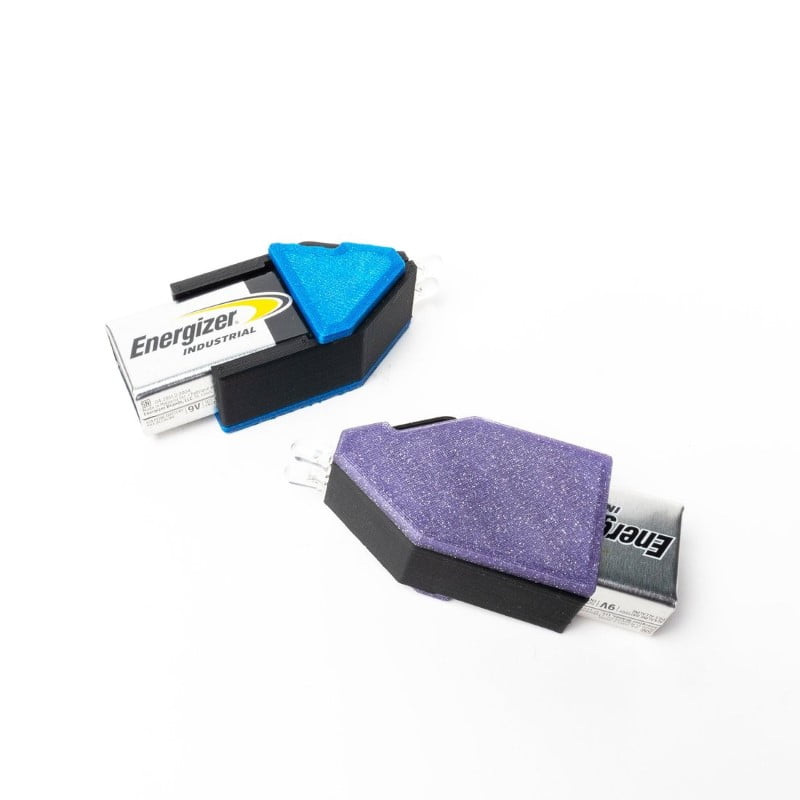
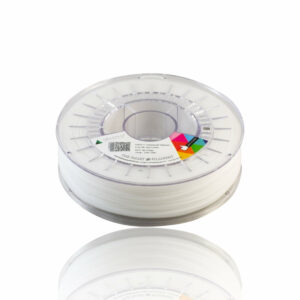

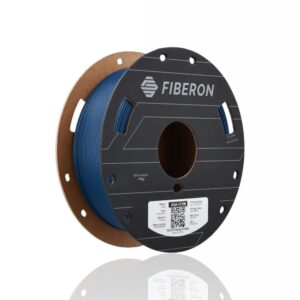
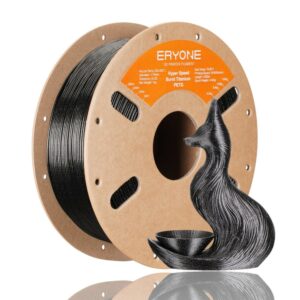

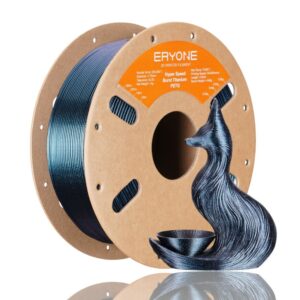
Avaliações
Ainda não existem avaliações.